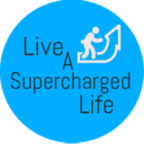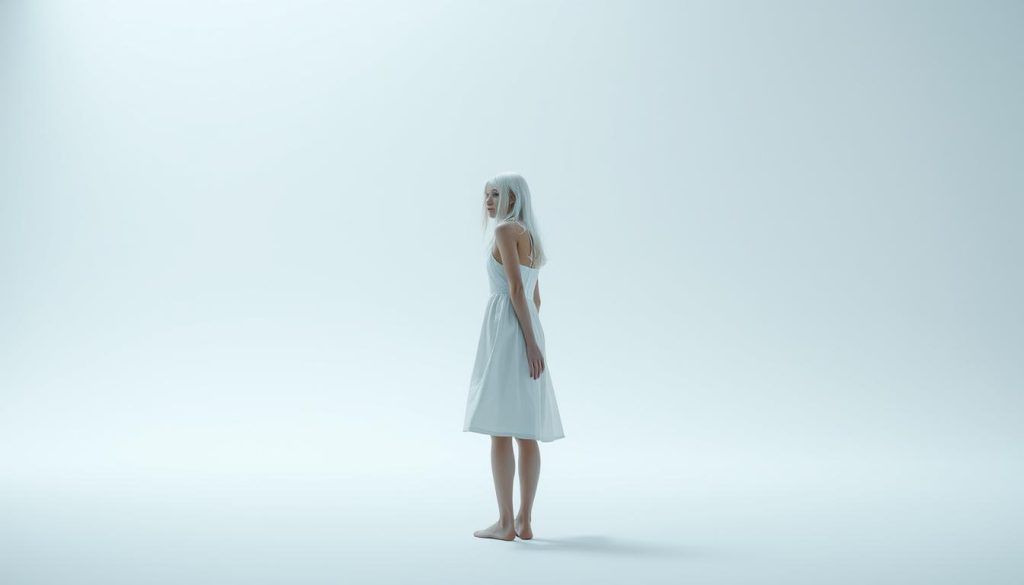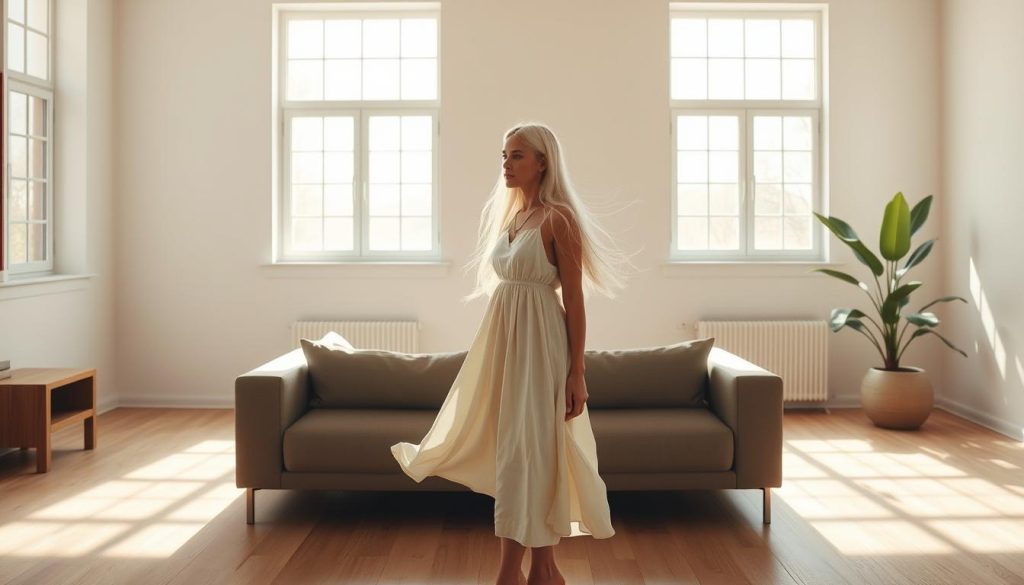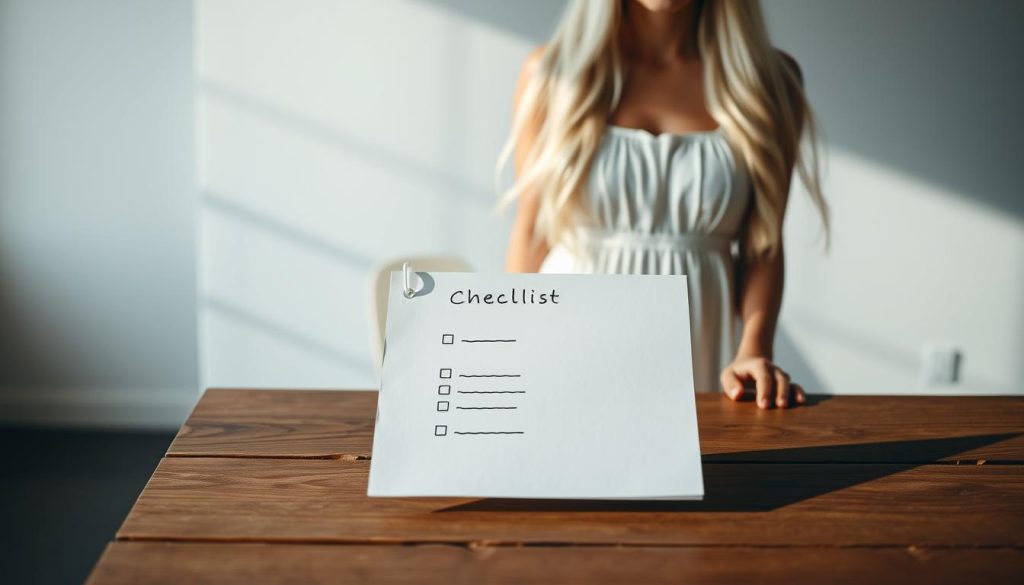Minimalism Extreme Can owning 15 items reshape your life—or strip away joy? That question stops you in your tracks, right! I’ll cut through the buzz and show what extreme minimalism really looks like and why people try it.
I’ve seen travelers live with a backpack of things and writers live with 150 items in a tiny apartment. These stories prove the point: fewer items can free up time, money, and space in your room or home.
You won’t get preachy rules here. I’ll explain how many items people keep, what they trade away, and how this can add focus, mobility, and more meaningful experiences to your world!
Expect clear examples, real numbers, and honest trade-offs. By the end, you’ll know if this approach fits your life and how to try it your way—without shame and with plenty of practical tips!
Key Takeaways
- Extreme minimalism can mean living with as few as 15 to 150 items.
- Cutting stuff often frees up time and money for better experiences.
- Real people report gains in focus, mobility, and sustainability.
- You can adapt the idea to your apartment, room, or home—no one-size-fits-all.
- We’ll cover trade-offs so you make smart, personal choices.
What is extreme minimalism? Defining the philosophy and why it isn’t “new”
Imagine treating your home as a base and your life as the goal — that’s the practical heart of this idea! At its core, extreme minimalism is the practice of owning very few items — usually 15 to 150 — and directing energy toward life over things.
This isn’t a fad. For most of human history, people carried only essentials. Hunter-gatherers lived light for mobility and survival. Even now, many communities around the world live with far fewer belongings than typical Western households.
Today there are two clear modes. Home-base minimalists keep a pared-down apartment or room. They may remove furniture and keep a handful of kitchen and cleaning tools.
Then there are backpack nomads. They fit everything into a single pack and rely on furnished stays when needed. Think Fumio Sasaki (~150 items), Dave Bruno (100), and Andrew Hyde (15–39).
“Owning less frees up time, money, and focus.”
| Mode | Typical Items | Benefit |
|---|---|---|
| Home-base | 50–150 | Routine, comfort, a stable home |
| Backpack | 15–39 | Mobility, low overhead, clarity |
| Hybrid | 40–100 | Balance of travel and a home |
- Clean definition: owning very few items and prioritizing experiences.
- Choose the way that fits your goals — it’s part of a long human tradition!
What extreme minimalism looks like in real life
Step into a tidy studio and you’ll see how owning less changes daily life in sharp, joyful ways. A clear room offers calm. The space works for sleep, work, and play without clutter getting in your way.
Inside a studio apartment
Many people drop heavy furniture and sleep on a tatami or hammock instead of a bed. A low floor table doubles as desk and dining table. Roll-up bedding frees the room for yoga or guests.
Capsule wardrobe basics
A capsule wardrobe means a tight set of clothes and underwear in matching colors. You pick items that mix and match. Getting dressed becomes fast and joyful!
Digital substitutions
Your laptop is your office and TV. An e-reader replaces shelves of books. A phone handles photos, music, and maps. Electronics do more, so you own fewer physical items.
Nomad setups
Backpack living forces useful choices. Everything fits in one bag. When you stay in an Airbnb, the place feels tidy because you don’t spread stuff around. That lack of scatter is actually a feature!
“Design a space that helps you think clearly and saves time every day.”
Minimalism Extreme: item counts, limits, and the numbers people aim for
Let’s look at real numbers so you can judge which gear level might fit your routine and goals. These counts help you picture a practical target, not a strict rule.
Popular ranges show how varied this approach can be. You’ll see examples at 15, 39, 100, and about 150 possessions. Each total tells a different story about comfort, travel, and work.
- Andrew Hyde started with 15 possessions, then grew to 39 when camping gear became necessary — proof that your count can evolve!
- Dave Bruno kept to a 100 Thing Challenge for a year, showing a set cap can teach discipline and clarity.
- Fumio Sasaki settled near 150 items and still reported major freedom from stuff.
These figures—15 to 150—frame common targets. They help you pick a level that fits your job, climate, and hobbies. Don’t chase a magic number. Instead, test a target for 30 days and see how it changes your focus and joy!
“Numbers are tools: they guide choices, not define worth.”
How to count your stuff without losing your mind
Want a quick, sane way to tally your gear? Try a rule that takes seconds and keeps you moving! Counting can spark clarity. Or it can stall you. So pick a method that fits your goals and stick with it.
The express-lane rule is fast and forgiving. If an object scans as one at checkout, count it as one. Andrew Hyde used this idea: he grouped phone and headphones, and didn’t count socks or underwear. It makes the process super intuitive!
If you want precision, count every item. That includes underwear, toiletries, and small tools. This method shows exactly what fits in a bag or closet. It’s great for tight packing or testing limits.
- Decide how to treat shared possessions like dishes or cleaning supplies. Exclude them or count them as a single group—just be consistent.
- For tech, you can group a phone and earbuds or count them separately. Pick the rule that keeps you honest without making you nuts.
- Collections can be one thing or many items. Clarity beats perfection—choose a system that helps you act!
If you live with others, agree on rules up front. Recount every few months to spot what creeps back in. The goal is awareness, not stress—counting is a tool to serve you!
“Regular” minimalism vs extreme minimalism
You can tidy up for calm, or you can remove most items to free hours and focus for living! I’ve tried both, and they feel different in the best ways.
Regular minimalism is the gentle on-ramp. You keep what sparks joy. You choose fewer, better pieces. You might invest in good furniture and curated storage. It refines your lifestyle and makes daily life smoother.
Extreme minimalism doubles down. It strips more things so you can amplify skills, relationships, and experiences. This level trades objects for more time, mobility, and mental space. It warns against fetishizing designer goods that just swap clutter for cost.
- Regular refines; extreme releases.
- Ask: which approach frees more energy for what matters to you?
- Neither path is right or wrong—both are tools to serve your goals.
“The real test is how your stuff supports the life you want.”
Why go extreme? Five core motivations that drive extreme minimalists
Cutting to the essentials often yields real, fast wins. People choose this way to free energy for what truly matters. The reasons are practical and deeply personal!
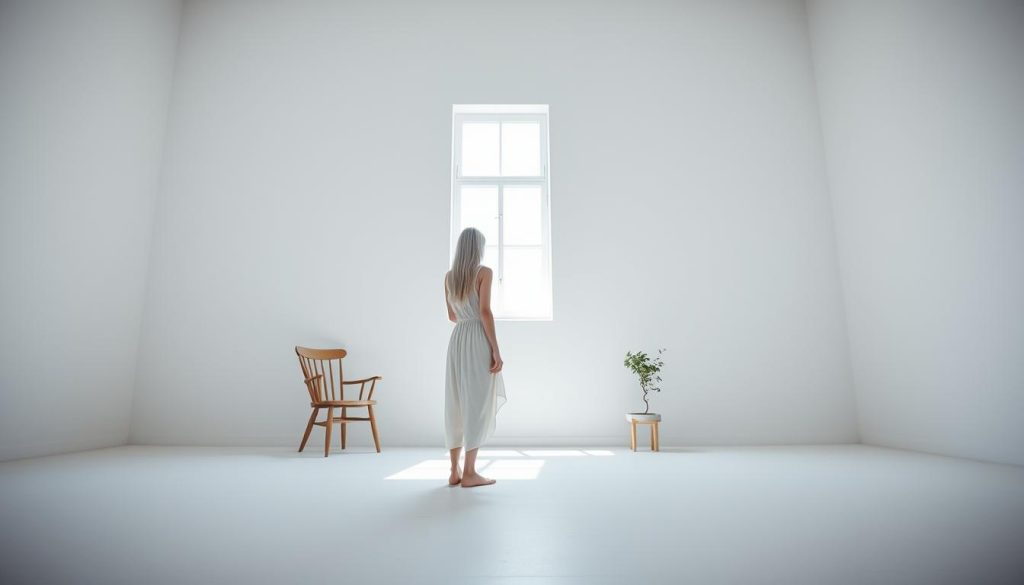
Spirituality and inner focus
Less stuff means less noise. When you remove objects, you make room for reflection and calm. That space helps daily rituals, meditation, and clarity of purpose.
Attention and reclaimed time
Every item asks for attention. Fewer items cut decision fatigue and cleaning chores. You get more time for deep work, hobbies, and real rest.
Sustainability and anti-consumerism
Buying less lowers your footprint. Production and use of goods drive big emissions, so choosing fewer purchases is direct climate action. Many extreme minimalist people see this as ethics in practice.
Mobility and global freedom
Pack what fits in a backpack and you can move across the world with ease. Shorter move times, cheaper stays like Airbnbs, and remote work become possible. Travel feels lighter and more alive!
Experiences and people-centered living
Money and attention shift from things to trips, classes, and relationships. You connect more with friends and family because you manage less stuff. That shift often feels like a better way to live.
“Let your why lead—when your reason is clear, the process feels energizing instead of heavy.”
| Motivation | What it fixes | Practical sign |
|---|---|---|
| Spiritual focus | Inner calm, clearer routines | Daily meditation or journaling replaces shopping |
| Time & attention | Less decision fatigue | Shorter mornings, fewer choices |
| Sustainability | Lower consumption impact | Buying fewer items yearly |
| Mobility | Easy travel and relocation | Everything fits in one bag |
| Experiences | More memories, richer relationships | Spending on trips or classes, not stuff |
Pros of extreme minimalism you can actually feel
Drop the clutter and you’ll feel like your whole apartment breathes again! With fewer items, tidying takes minutes. Vacuuming is quick when there’s no heavy furniture to move. You get your time back fast!
Money matters, too. Many people report saving $12,000–$24,000 a year by cutting nonessential purchases. That’s cash for trips, debt payoff, or learning something new.
Less cleaning, more space, fewer anxieties
Less to clean feels like instant relief. A clear room reduces visual noise and anxiety. Your mind quiets when your environment is calm.
Money saved on stuff, furniture, and utilities
Fewer items lower utility and upkeep costs. Repairs drop, and impulse buys fade. That extra money funds what you value most in life!
Flexibility in body and life: moving better, moving faster
Sitting and moving on the floor boosts flexibility. Travel gets simpler when everything fits in a bag. You can pack and go without a second thought!
“Overall, your life feels lighter, clearer, and way more aligned with your values.”
| Benefit | What you feel | Quick stat |
|---|---|---|
| Cleaning | Instant relief, quicker routines | Reset a room in minutes |
| Space | Room breathes, calmer home | Less bulky furniture |
| Money | More cash for goals | $12k–$24k saved annually |
| Flexibility | Body and travel freedom | Pack-and-go ease |
Cons and trade-offs you should plan for
Going light has perks, but it also brings real annoyances you should know about! I want you to feel ready, not surprised.
Shortcomings are normal. They are manageable with a little planning and humility.
Inconvenience: when the right tool isn’t on hand
Sometimes you’ll need a tool and it won’t be there. You’ll buy, borrow, or rent, and that adds friction to a smooth day.
Don’t let missing stuff shame you. Plan a small buffer for one-off needs, or keep a trusted list of friends who live nearby!
Bare aesthetics and hosting challenges for family and friends
A very spare apartment can feel cold to others. If you love cozy vibes, add a rug or a plant to warm the room without cluttering the space.
Hosting family or others may need prep. Limited seating, plates, or cups means you’ll borrow, stagger visits, or set up temporary solutions.
- Some hobbies require gear—allow exceptions so your life stays joyful.
- Weather can force extra layers; comfort beats ideology.
- You may meet pressure from people who don’t get your choices; explain kindly and stick to your why.
- Expect a short learning curve—hosting, storage, and routines improve fast.
“Trade-offs are real, but manageable when you plan ahead.”
| Trade-off | What to expect | Quick fix |
|---|---|---|
| Missing tools | Occasional friction and last-minute buys | Borrow, rent, or keep one backup |
| Bare apartment feel | Space may look empty to guests | Add a rug, plant, or warm light |
| Hosting family and others | Limited seats, cups, plates | Plan visits or borrow extras |
| Storage limits | Tight systems can frustrate access | Label, rotate, and simplify |
How to start extreme minimalism: a practical path from clutter to clarity
Tackle a category today and notice how decisions get easier tomorrow! Start bold. Pick one drawer, closet, or shelf and rid things you don’t use.
Pare down until it hurts—then refine with rules
Remove until you feel the edge. That sting shows what you truly rely on. Then set clear, strict rules so you don’t backslide.
Set category caps
Caps keep choices easy. Limit clothes, shoes, accessories, kitchen basics, and tech. For example: 10 tops, 5 bottoms, 3 pairs of shoes, one skillet, one laptop.
Adopt a capsule wardrobe
Choose durable colors and fabrics that mix. A capsule wardrobe saves time and reduces money spent on impulse buys.
Choose multipurpose items
One cast iron skillet beats many pans. A backpack, yoga mat, e-reader, and smartphone replace lots of single-use gear.
Smart storage and fast cleaning
Use cubes, labels, and vacuum bags so everything has a home. Keep cleaning supplies light and aim for two 20-minute sessions each week.
Treat possessions as consumables
Use items fully, then replace one-for-one. Adopt a one-in-one-out rule after your purge. Track progress weekly—small wins add up fast!
“Keep what helps you live the life you want—then protect it with simple rules.”
Crossovers and adjacent lifestyles
Many paths link to the same goal: less friction and more freedom. These adjacent lifestyles borrow the same habits and ideas, and they often amplify the gains of owning fewer things.
Tiny homes, van life, and off-grid living
Tiny homes and van life force you to choose carefully. Limited square footage makes fewer belongings your daily default. You learn clever storage and prioritizing comfort over clutter.
Off-grid living often aligns with self-sufficiency and anti-consumer values. People who live off-grid trade convenience for independence and, in turn, keep less stuff that demands upkeep.
FIRE, zero-waste, and one-bag travel
FIRE benefits from lower spending. When you spend less on gear and furniture, savings climb and retirement goals come sooner.
Zero-waste becomes easier when you buy less packaging and fewer single-use items. Less stuff equals less trash—simple as that.
One-bag travel is a common entry point! Packing into a single backpack teaches what you truly need and often sparks longer-term change.
- Communities of minimalists share hacks and support across these lifestyles.
- Each path offers real-world examples you can borrow and adapt.
- Crossovers multiply benefits: lower bills, lighter logistics, and more freedom to move through the world.
“Try a short trial—rent a tiny home or test one-bag travel for a week to see what sticks!”
Real-world examples of extreme minimalists
Stories of pared-down lives show how different goals shape what people keep. These examples give real proof you can adapt the idea to your life and values!
Rob Greenfield, Daniel Suelo, and Henry David Thoreau
Rob Greenfield lives by values and action. He has lived with about 44 possessions and stages bold eco-experiments like cycling across the U.S. on a bamboo bike. His choices show values-driven minimalism in practice.
Daniel Suelo lived without money from 2000 to 2016. His story explores radical simplicity and deep spiritual alignment with very few material ties.
Henry David Thoreau spent two years at Walden Pond. His hut experiment proved simple living can spark insight and clarity about what matters most.
Youheum Son’s furniture-free approach and aesthetic
Youheum Son inspires millions with a furniture-free apartment on video platforms. Her clean, calm setup proves an apartment can feel warm and intentional without bulky furniture or lots of stuff.
Andrew Hyde’s 15–39 items and the data-driven backpack life
Andrew Hyde tested living with 15 possessions, later expanding to 39. He tracked what he used and removed what he didn’t. That data-driven method shows how items can be refined through real practice and travel.
- Rob shows activism and a steady count of possessions.
- Suelo proves radical simplicity across years of practice.
- Thoreau offers a historic model of purposeful retreat.
- Youheum models aesthetic, furniture-free living in a modern apartment.
- Andrew’s tests show how counting and data shrink what you carry.
“These people remind you: fewer possessions can mean more freedom, clarity, and alignment with purpose.”
| Person | Approach | Notable data |
|---|---|---|
| Rob Greenfield | Values-driven activism | ~44 possessions; eco projects |
| Daniel Suelo | Money-free living | 2000–2016 without money |
| Henry D. Thoreau | Intentional retreat | 2 years at Walden Pond |
| Youheum Son | Furniture-free aesthetic | Minimal apartment visuals |
| Andrew Hyde | Backpack, tested counts | 15 → 39 items; iterative data |
Owning very little raises an honest question: does your setup make life harder for guests? I ask it because community matters. You can love freedom and still care for others!
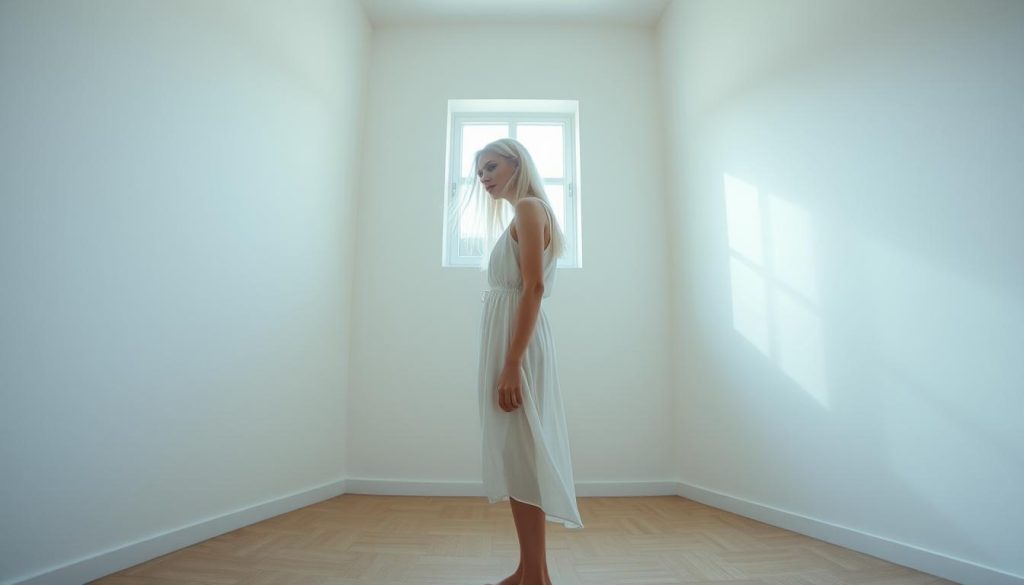
Hosting with fewer items can feel awkward at first. Missing cups, plates, or chairs shows up fast. But small fixes remove the friction and keep your home welcoming.
Hosting with fewer items: cups, plates, and consideration for others
Keep a compact hosting kit you pull out when friends or family arrive. A few foldable plates, stackable cups, and a set of cushions go a long way!
- Borrow or rent for larger gatherings—no shame in that.
- Choose multipurpose pieces so your kit won’t clutter daily life.
- Communicate with family and people coming over; a quick heads-up sets expectations.
Finding your balance between personal freedom and people
Decide your line. Maybe you keep a small storage box labeled “guests.” Maybe you meet out for big dinners. Either way, make choices that honor relationships and your way of living.
“Thoughtful minimalism is never selfish—it’s mindful, generous, and people-first.”
| Issue | Why it matters | Simple fix |
|---|---|---|
| Too few cups/plates | Guests feel awkward | Small hosting kit or borrow extras |
| No seating | Comfort drops for visitors | Foldable chairs or floor cushions |
| Furniture-free aesthetic | Home may seem cold to family | Add a rug, warm light, or one comfy throw |
| Hosting for many | Logistics get complex | Meet out or plan a potluck-style gathering |
Bottom line: Critics may call this approach selfish. But with some planning, your style can support people and keep your stuff light. You get to choose how your home serves both your freedom and your community!
Budgets, time, and life design: the payoff of fewer possessions
A smaller footprint at home can translate into thousands of dollars saved each year. That money and freed-up time let you design a life you actually want!
Cutting nonessential purchases can save roughly $12,000–$24,000 per year. That’s real breathing room. Lower rent or mortgage needs also shrink your monthly bills and utility costs. Over years, the compound effect is huge!
Buying experiences over things: how people reallocate money
You can funnel cash into travel, classes, or workshops instead of more stuff. Many minimalists redirect funds to experiences that change perspectives and build memories. Moving becomes faster and cheaper, too—relocate in hours, not days, and skip big moving fees.
“Spend with intent: quality over quantity lets your budget and life expand together.”
- Financial unlock: Save thousands and fund goals.
- Debt falls: Less impulse buying speeds repayments month after month.
- Time freed: Less upkeep means more time for work, hobbies, and rest.
| Payoff | Short-term (months) | Long-term (years) |
|---|---|---|
| Monthly budget | Lower rent and utilities | Big savings that add up |
| Debt reduction | Faster payoff momentum | Interest saved over years |
| Experience spending | One trip or course | More travel, skills, and memories |
Quick tip: Track your first three months of spending. You’ll see how quickly choices change and how much more time and money you gain!
Choosing your level: examples, thresholds, and what “extreme” feels like
Choosing how lean to go is less about numbers and more about how your living space should serve you. Pick a goal that fits your routine, roles, and joy!
Studio apartment, family living, and nomad scenarios
If you love a studio apartment life, aim for flexible gear and fast resets. A few multiuse pieces keep the room cozy and simple.
Families can go minimal too. Share tools, agree on rules, and keep a small hosting kit so guests never feel shortchanged.
Nomads live by a backpack and constant refinement. Andrew Hyde tested counts, removed what he didn’t use, and adjusted over time to travel lighter.
Testing comfort zones without chasing a “magic number”
Try temporary thresholds for weeks or months. Test a lean setup and note how it makes your mornings and free time feel.
- Pick your level by scenario: studio, family, or full nomad.
- Test a lean setup for a few weeks to see what it really feels like.
- Don’t chase a number—keep only the things that earn their place.
- Give yourself a year of micro-experiments and track how your time opens up.
“Keep your why visible—when decisions get tough, your goals guide the next right move.”
Conclusion
Extreme minimalism spans 15–150 items, and it can mean a furniture-free apartment or a one-bag life! You’ve seen how this idea changes routines, budgets, and calm in a real home.
Use the tools here your way. Try to rid things one category at a time and test a 30-day experiment. Many people notice less cleaning, more time, and surprising savings in a few weeks!
Concerns like “extreme minimalism selfish” or “minimalism selfish” are solvable. Keep a tiny hosting kit, add a rug, or borrow extras when guests arrive. That keeps community first and the minimalists mindset kind.
In sum: pick a level that fits your day, protect what helps you thrive, and enjoy living with less stuff as a joyful tool. Try it and see how the world opens up!
Elevate your spiritual journey with Conscious Items’ genuine gemstones, trusted by thousands and backed by a 30-day money-back guarantee. Don’t let these powerful crystals pass you by—stocks are limited, and the perfect one for you is waiting! Visit Conscious Items now to find your crystal match before it’s too late.
If you liked reading this article you will love this article Habits of Healthy Relationships: 10 Keys to Lasting Love: The Ultimate Love Stone for Heart Healing
Morganite Crystal Healing Properties
